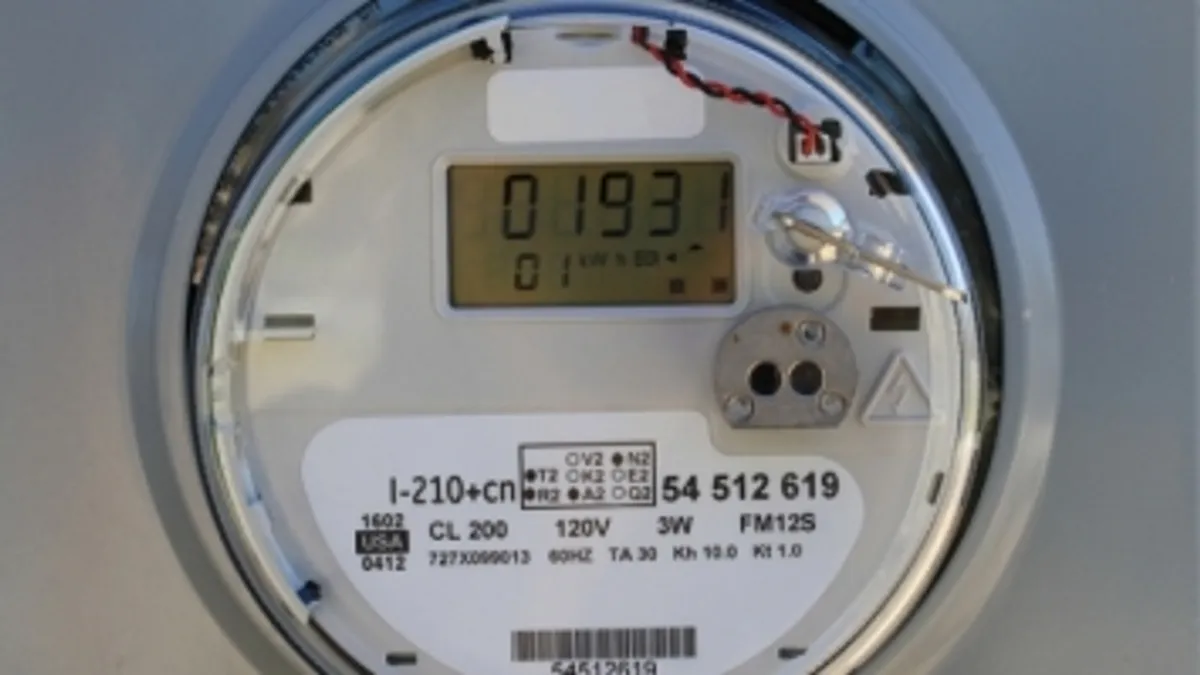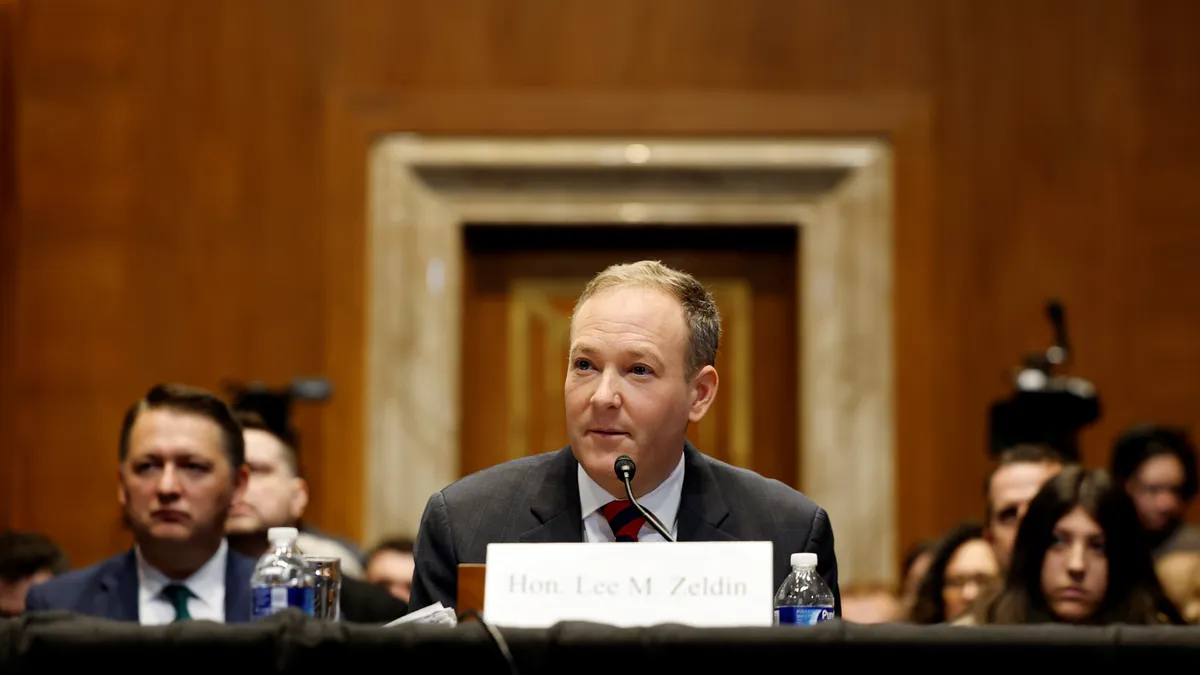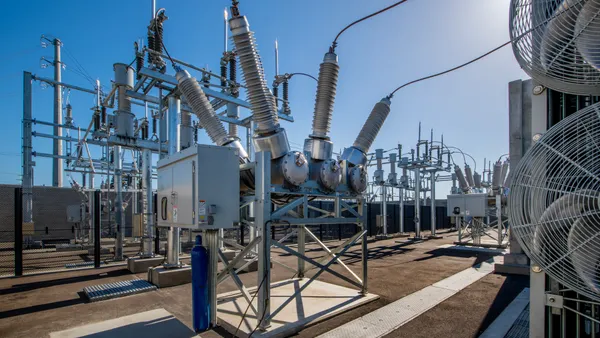Dive Brief:
- AEP Ohio is challenging portions of the state's net metering law in the state's Supreme Court. The law governs who should pay for excess power generated into a deregulated utility grid.
- The utility does not believe it should be forced to pay for excess customer generation fed back into the grid when the customer has chosen a competitive supplier over the incumbent.
- AEP Ohio argued that excess power fed back into the grid at lower costs mat not sufficiently offset the higher cost of serving the customer's generation, and the rates do not reflect other costs such as capacity.
Dive Insight:
Along with FirstEnergy Corp., AEP Ohio has opposed portions of the state's net metering law since its inception, arguing that regulators are forcing the utilities to subsidize their own competition by shouldering some costs competitive suppliers are not forced to take on. The utilities stress they are not against net metering in general, only that the rate they are being asked to pay for excess generation does not reflect the costs of service.
The utility filed a brief last week explaining that the state's Public Utilities Commission has an overly-broad credit, Midwest Energy News reported.
“The reality is that the energy delivered back to the grid by a customer-generator may not necessarily offset the peak demand that the utility has to meet or reduce the costs associated with serving the customer-generator,” the brief said.
AEP's litigation could be thwarted, however, if the court agrees with PUCO that the issue is not the court's to review. Last week, PUCO filed a motion urging the court to dismiss the case because while the commission has adopted net metering rules, they have not yet gone into effect. The 65-day review period stipulated by Ohio law for new utility rules has not passed yet, and the metering rules are not finalized.
PUCO also holds that AEP's lawsuit amounts to nothing more than an "abstract policy disagreement" outside of the court's jurisdiction.














